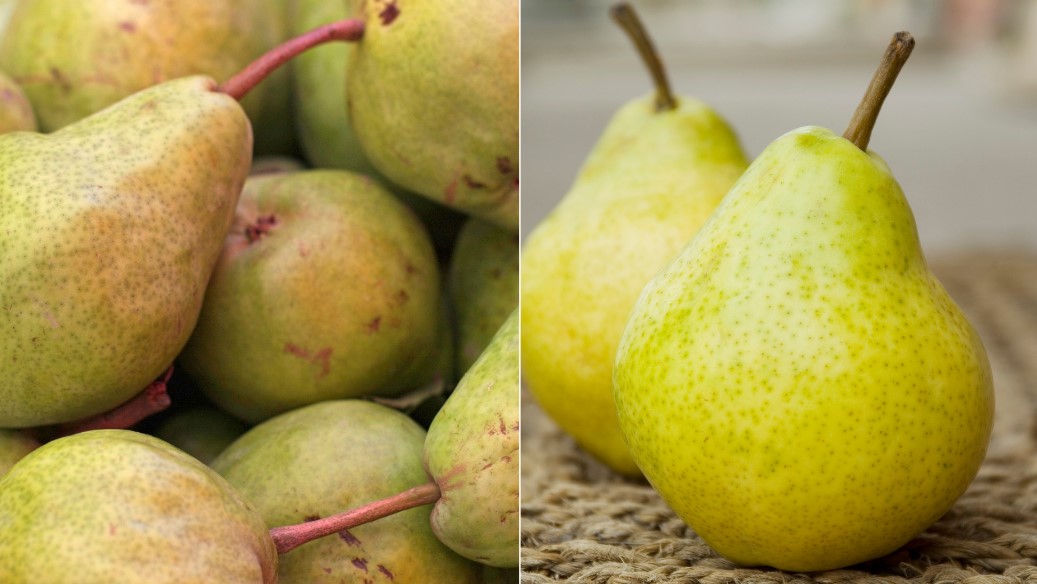When it comes to cooking with pears, choosing between Anjou and Bartlett varieties can make a significant difference in the outcome of your dish.
Each type brings its own unique flavor, texture, and culinary possibilities to the table. So, how do you decide which one is the right fit for your next recipe? Let’s break it down.
The Flavor Experience
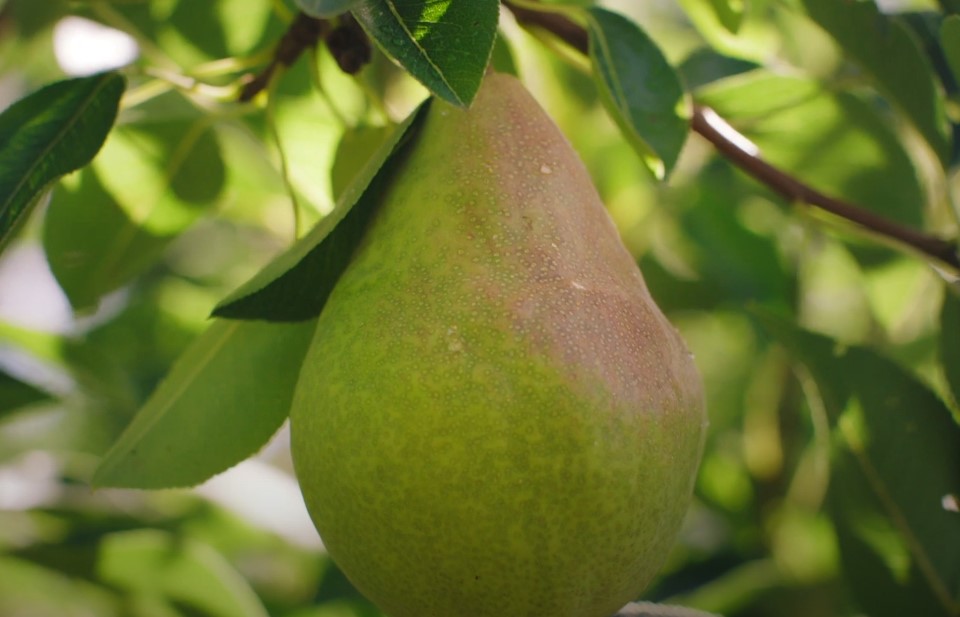
First off, flavor is king in any dish, and pears are no exception. The difference between Anjou and Bartlett pears lies in their sweetness and overall taste profile. Pears are widely cultivated in temperate regions, like pawpaws.
Anjou Pears
This variation is known for its subtle sweetness, offering a delicate flavor with a hint of citrus. Anjou are not as sugary as their Bartlett cousins, providing a more nuanced taste that can enhance both sweet and savory dishes.
If you’re looking for a pear that won’t overpower other ingredients but adds a gentle sweetness, Anjou is the way to go.
Bartlett Pears
On the other hand, Bartlett is the quintessential sweet pear. They have a strong, classic pear flavor that’s unmistakably rich and juicy. Their fragrance alone can make your mouth water.
If sweetness is what you crave, especially in desserts, Bartlett pears will deliver that sugary punch.
Texture Matters
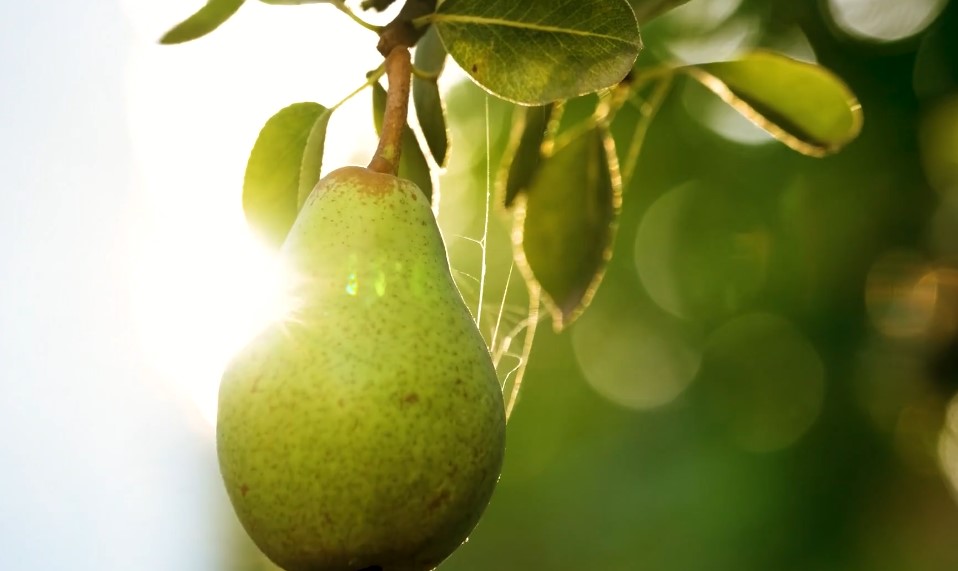
The texture of a pear can either make or break your recipe, especially when it comes to cooking or baking. Let’s take a look at how Anjou and Bartlett variations compare in this department.
Anjou Pears
With their dense and smooth flesh, Anjou pears hold up well under heat. They maintain their shape and texture during cooking, which is perfect if you need the pear pieces to remain intact.
Think of baked goods like tarts or roasted dishes where a bit of firmness is a plus. Anjou pears are your go-to for a pear that won’t turn to mush.
Bartlett Pears
Bartlett pears, with their buttery and soft texture, are juicy to the core. Once they ripen, they become incredibly tender, which is ideal for recipes where you want the pear to break down a bit.
For jams, sauces, or pear puree, Bartlett pears will give you that smooth consistency with ease.
How to Recognize Ripe Ones
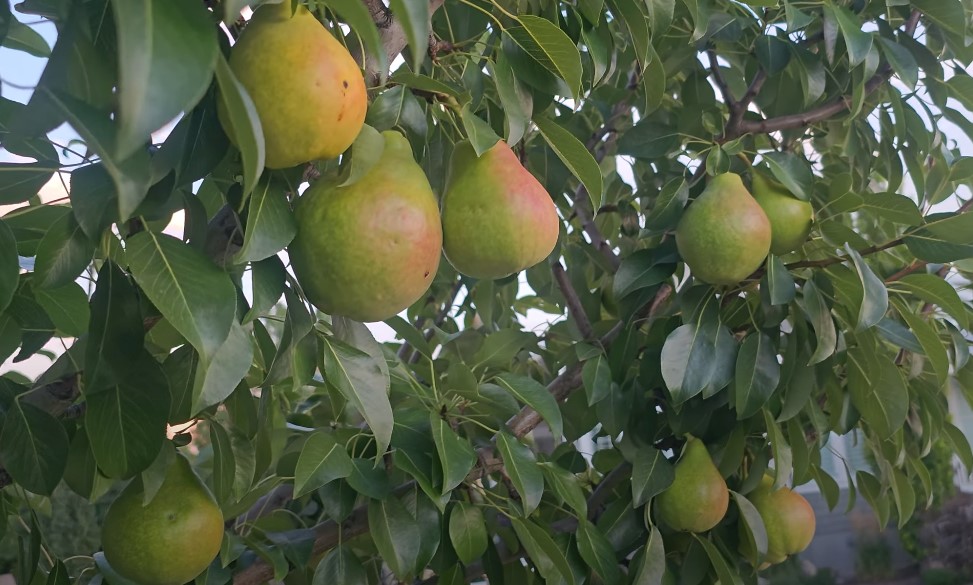
Knowing when your pears are ripe is key to achieving the perfect flavor and texture in your dish. Anjou and Bartlett pears have different cues to indicate ripeness, and it’s worth paying attention to these details.
Anjou Pears
Anjou pears are a little trickier to read because their skin doesn’t change color as they ripen. To check if an Anjou pear is ready to use, give it a gentle press near the stem.
If it gives slightly, it’s ripe. This method requires a bit more attention, but once you get the hang of it, it becomes second nature.
Bartlett Pears
Bartlett variation, on the other hand, make life a bit easier. They change color as they ripen, going from green to a beautiful golden-yellow.
This visual cue is a clear indicator that your pear is ready to enjoy. If you’re new to cooking with pears or just want a straightforward option, Bartlett pears might be more your speed.
Best Uses for Anjou Pears
Anjou pears are versatile, making them a reliable choice for a variety of dishes. Their firmer texture allows them to perform well in both raw and cooked applications.
Baking and Roasting
Because Anjou pears hold their shape, they’re perfect for baked goods like pies and tarts. Their subtle sweetness also means they won’t overwhelm other flavors in the dish.
Salads
When you need a pear that adds texture without becoming too soft, Anjou is ideal. Their mild flavor pairs well with both sweet and savory salad ingredients.
Poaching
Anjou pears are excellent for poaching. They absorb flavors well while keeping their form, making them a beautiful and delicious addition to any dessert.
Best Uses for Bartlett Pears
Bartlett pears shine brightest in recipes where their sweetness and juiciness can take center stage.
- Fresh Eating: If you love biting into a juicy, sweet pear, Bartlett is the one to choose. They’re fantastic for snacking and are also a great addition to cheese boards.
- Sauces and Jams: The softness of Bartlett pears when ripe makes them perfect for sauces and jams. They break down smoothly and add a delightful sweetness to any spread.
- Desserts: Think pear tarts, crumbles, and even smoothies. Bartlett pears bring that luscious, sweet flavor that’s perfect for desserts where you want the pear to melt into the other ingredients.
Choosing the Right Pear for Your Recipe
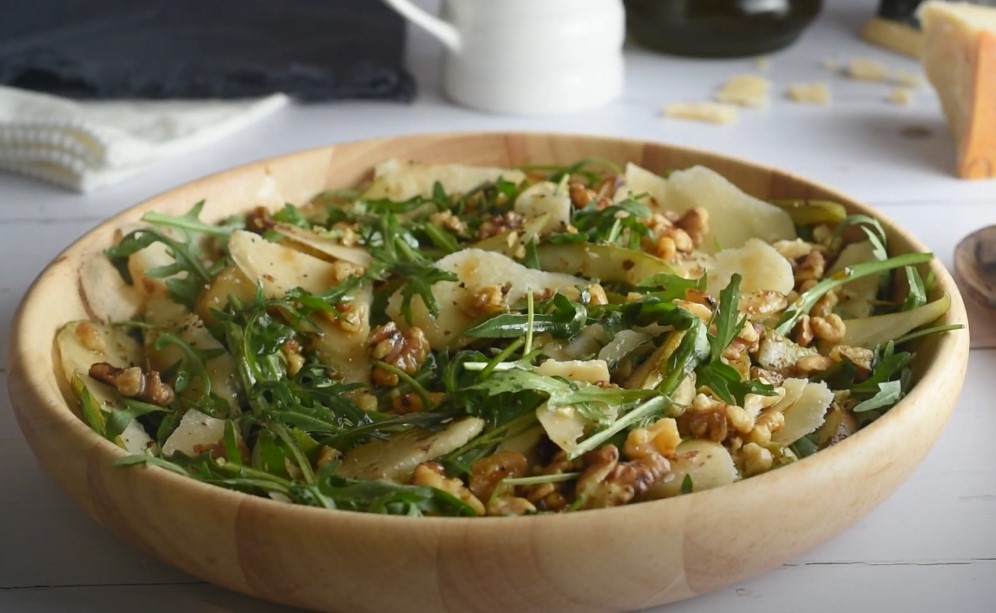
So, which pear should you use? The answer depends on what you’re making and what you want from the pear in your dish.
- Texture Considerations: If you need your pears to keep their shape, like in a tart or a salad, Anjou pears are the better choice. Their firmer flesh stands up well to heat and won’t turn mushy.
- Sweetness Preferences: For a recipe where sweetness is key, Bartlett pears are your best bet. Their high sugar content and juicy texture make them a favorite for fresh eating and sweet dishes.
- Ease of Ripening: If you prefer a pear that gives a clear sign when it’s ripe, go with Bartlett. Their color change makes it easy to know when they’re at their peak. Anjou pears require a bit more attention, but their subtle flavor rewards the extra effort.
Culinary Examples
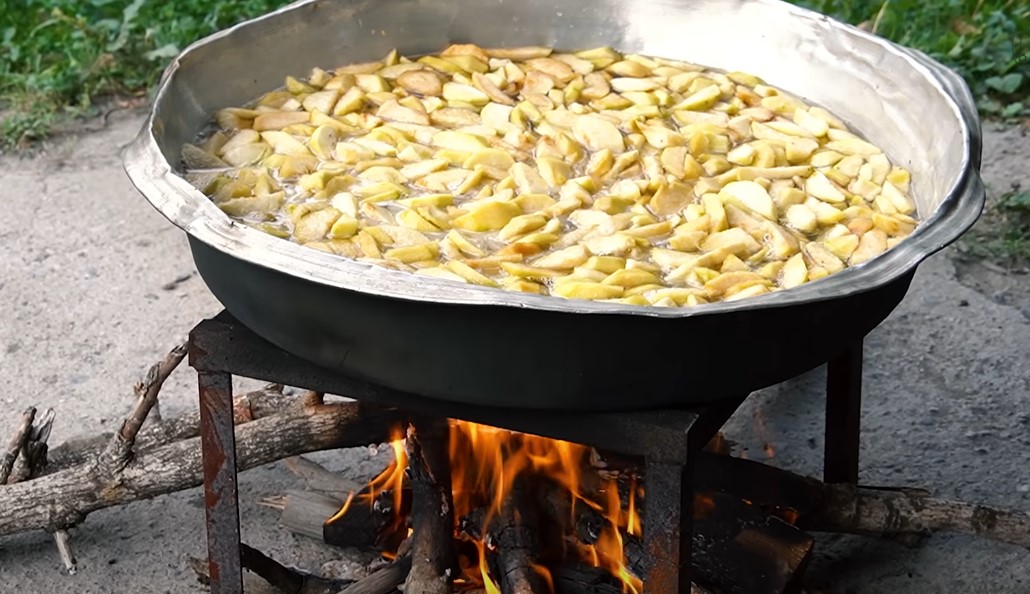
Let’s put it into practice with some examples of how to use these pears in your cooking.
Pies and Tarts
- Anjou: Use them when you want the pear pieces to hold up during baking, adding a firmer bite and consistent texture.
- Bartlett: Choose Bartlett if you’re looking for a softer filling where the pear melds into the custard or sauce.
Salads
- Anjou: Ideal for adding a crisp texture that doesn’t turn mushy. They work well in green salads or grain bowls.
- Bartlett: Great for adding a burst of sweetness and juiciness, though they may be softer in texture.
Poaching
- Anjou: Perfect for poaching due to their ability to maintain shape and absorb flavors without falling apart.
- Bartlett: Use them if you’re looking for a more delicate, soft result, ideal for a dessert with a tender finish.
Sauces and Jams
- Bartlett: Their natural sweetness and softness make them the star in sauces and jams, where you want the fruit to break down smoothly.
Fresh Eating
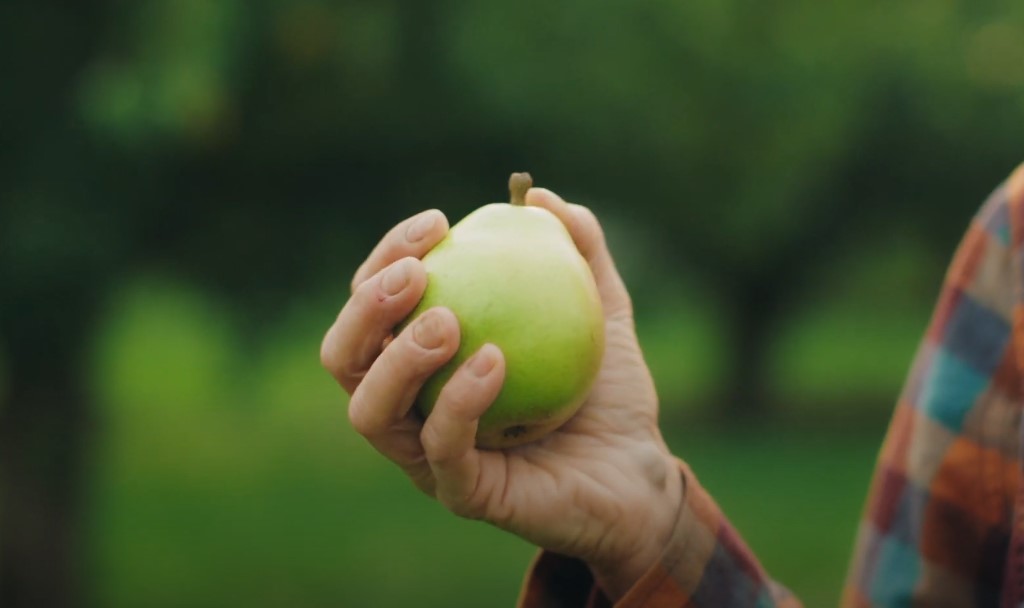
- Bartlett: The go-to choice for a juicy, sweet snack. Pair them with cheese or enjoy them on their own.
- Anjou: Also enjoyable raw, especially if you prefer a less sugary option that’s still flavorful.
So, Which Pear Wins?
At the end of the day, there’s no right or wrong choice between Anjou and Bartlett pears—it’s all about what suits your recipe and taste preferences. If you’re baking or looking for a pear that can hold its own in savory dishes, Anjou pears offer the texture and subtle sweetness you need.
If you’re after a sweet, juicy pear for fresh eating or a dish where the pear needs to melt into the other ingredients, Bartlett pears will be your best friend. In my kitchen, I find myself reaching for Anjou pears when I’m baking, especially for tarts or roasted dishes, because of their reliability in holding up under heat.
But when I’m making a pear jam or just want a sweet snack, Bartlett pears are my go-to. Each has its place, and knowing when to use each type can elevate your culinary creations. So next time you’re at the market, grab both varieties and have some fun experimenting—you might just discover a new favorite recipe.

